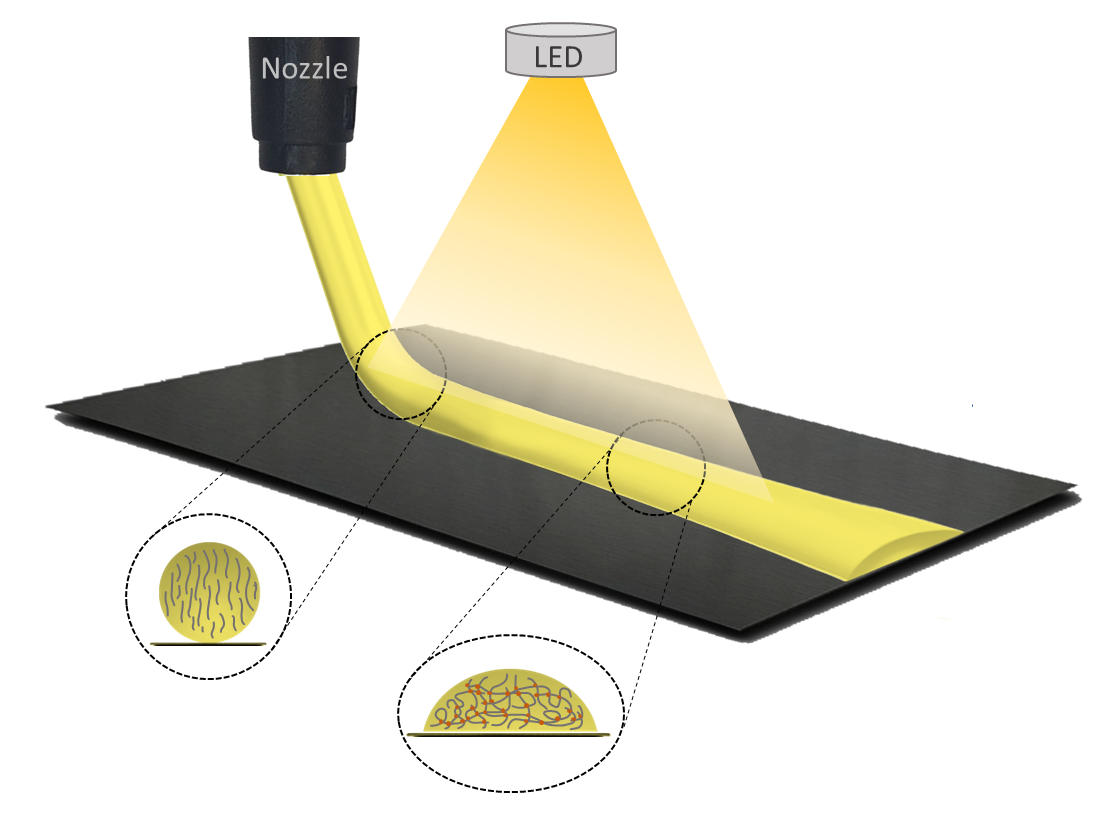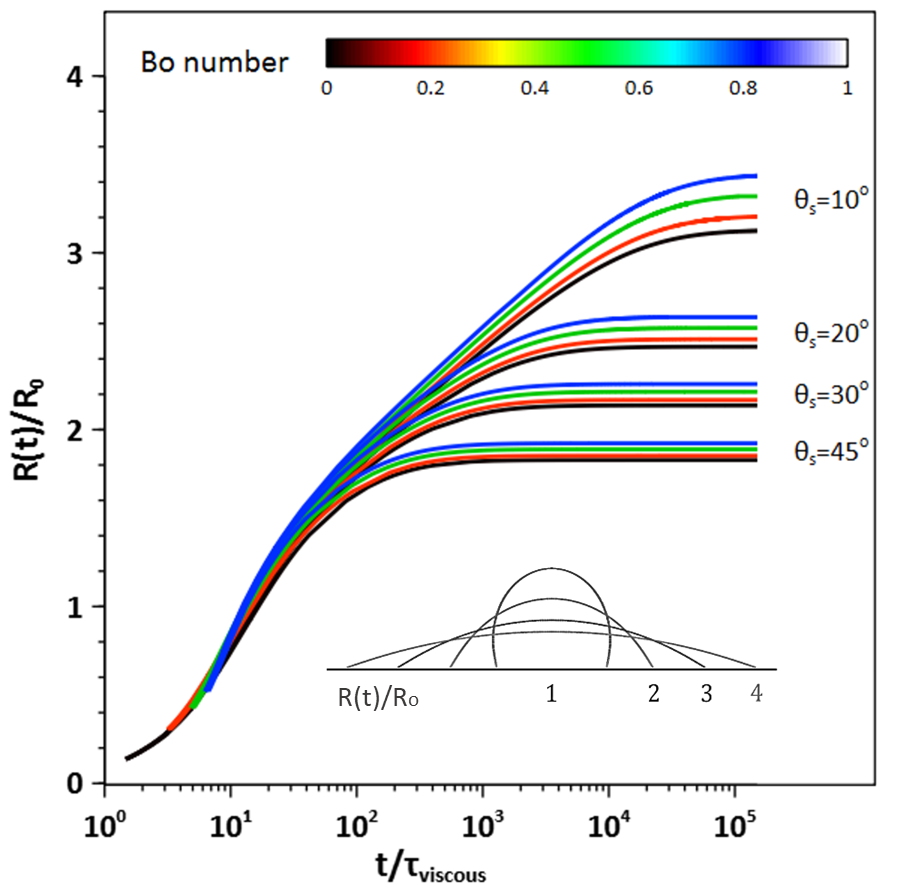Correlations Between Chemorheology, Printing Parameters, and Print Quality in 3D Direct Ink Writing

Direct ink writing 3D printers offer many advantages, ranging from the capability to handle a wide range of fluids (in terms of viscosity), print on nonplanar substrates, and to simultaneously incorporate different resins. These printers, however, suffer from two main disadvantages:
- They have a high level of dimensional inaccuracy due to the uncontrolled relaxation of deposited filaments.
- The printed parts have poor mechanical properties due to poor cohesion between filaments, which is related to the lack of control on the shape of the filaments.
The overall goal of my research is to address these drawbacks by controlling the shape of the deposited filaments. This is done by developing correlations between printing parameters (i.e., nozzle velocity, infill rate, etc.), resin properties and the resin’s rheological/chemorheological properties. Using those correlations (a.k.a. predictive models), we can control the dynamics and equilibrium shape of deposited filaments via a-priori parameterization of the printing parameters.
Using numerical simulation and experimental analysis, a predictive mastercurve to estimate the relaxation of deposited filament was developed. We showed that Bond number (Bo = ρgR02/σ) static contact angle (Θs) and viscous timescale (τμ = μR0/σ) are the main parameters that control the physics of spreading. The spreading dynamic curves collapse on a single mastercurve by scaling the spreading time with the τμ.


